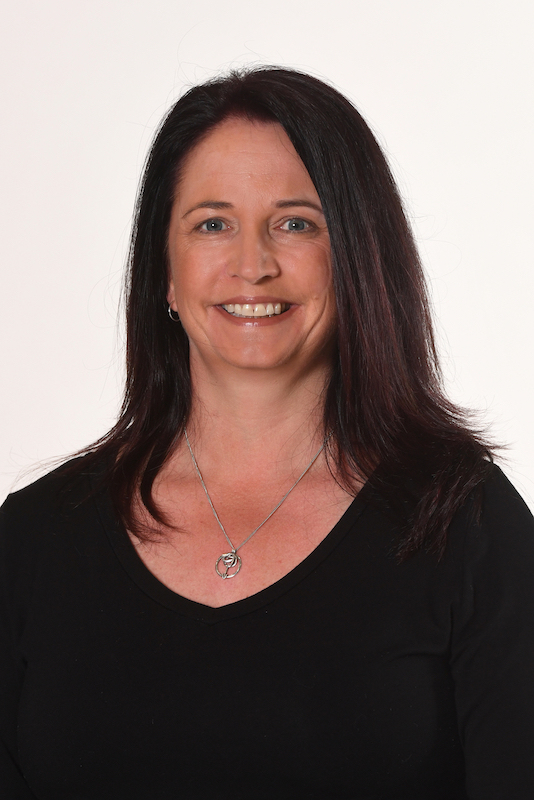Kate Rhodes and Dr. Dianne Forbes, University of Waikato
In our efforts to prioritise literacy and numeracy skills and eliminate distractions through banning cell phones, we must ensure that we’re not neglecting the development of essential digital fluency skills among students.
In today’s society, proficiency in digital technology is crucial for success in many jobs and for navigating the complexities of the digital world responsibly and with a critical lens.
As teacher educators, we have observed a concerning lack of digital fluency among students, despite the assumption that young people are “digital natives“. Many students lack the necessary skills to use multiple platforms, and need to build critical understanding of digital technology’s biases and potential for misinformation. Social media platforms, for instance, prioritise engagement and influence over a balanced view of society, perpetuating coded biases that can influence perceptions (and elections). Although groups such as GenZ tend to be skeptical about what they read online, they also feel unprepared for the digital workforce. Enduring myths like “digital native” fuel the perspective that students of a certain age don’t need to be taught digital skills. However, being digitally fluent is not an innate aspect of any generation.
Digital divides and inequities persist. Essentially, the digital divide refers to the gap between those with access to modern Information and Communication Technologies (ICTs) and those without. This gap can stem from various factors, including those much wider ranging than socioeconomic factors, such as sociodemographic and personal elements, social support, type of technology, digital training, rights, algorithmic awareness and data inequalities. For teachers, understanding the digital divide is imperative as it directly influences their ability to create equitable and inclusive digital learning opportunities. Students on the wrong side of the digital divide may lack access to essential digital skills, hindering their academic progress and widening existing disparities in achievement. Recognising and then addressing this gap enables educators to implement strategies that ensure equitable access to educational opportunities for all students, regardless of their digital privileges. It’s not just about teaching with technology; it’s about ensuring every student can learn and thrive in the digital age.
We need a concerted effort from the education community
Research highlights misconceptions among teachers regarding how to teach digital technology and digital fluency effectively. Meaningful tech integration is often hampered by gaps in teacher knowledge, lack of leadership from principals, and an assumption that new teachers are the most tech-savvy, even though strong social media use does not translate to a knowledge of how to teach digital technology. All these aspects leave teachers with a limited understanding of how, when, and why to implement meaningful digital technology into their teaching practices. It also leaves them little time (or reason) to develop their understanding in an already crowded curriculum. Realistically, digital technology is often left as a tick-box exercise where each curriculum area is vying for its own time.
Digital technology curriculum is often misunderstood, with educators focusing on (and believing that) complex coding activities, rather than foundational skills in digital technology, are a requirement. However, the curriculum emphasises both digital fluency and using unplugged (off-device) activities at the primary level, to understand step-by-step instructions or algorithms. These can be closely linked with concepts in numeracy and literacy At Year 5 and beyond, teaching both unplugged and plugged-in (on-device) concepts are required by the NZC. Although many might feel these skills are trivial unless you are destined for a career as a coder or IT whiz, they lay the foundations for understanding how computers work and obtaining the critical lens to identify how algorithms control much of our lives and the information we consume.
Moving to solutions
Exploring digital concepts within other curriculum subject areas (an integrated approach) can be a way to ensure we are increasing the digital fluency of students whilst maintaining the much-needed, strong literacy and numeracy focus. Both Literacy and Numeracy can be linked easily with multiple digital technologies to increase digital fluency and address aspects of the digital areas in the Technology curriculum. For example, a recent article highlights the connections between pūrākau and digital technology, whilst there are various crossovers and ways digital technology use can support numeracy. We would argue that as much as we need students with strong numeracy and literacy skills, we also need students to be digitally fluent. Ensuring that digital learning is not device dependent but an outcome of teacher planning that enhances motivation and engagement is essential. There is a need for active involvement of students in digital learning, where the students are part of critical decision-making, as articulated by UNESCO:
Students need to learn the risks and opportunities that come with technology, develop critical skills, and understand how to live with and without technology. Shielding students from new and innovative technology can put them at a disadvantage. It is important to look at these issues with an eye on the future and be ready to adjust and adapt as the world changes.
It’s essential for schools and educators to recognize the importance of balancing literacy, numeracy, and digital fluency in education. This requires a concerted effort to enable professional learning opportunities for teachers that incorporate digital fluency and digital areas of the Technology curriculum. By doing so, teachers can better prepare students for the demands of the modern world, increase their social and economic prospects, while ensuring they have the skills and knowledge to thrive in an increasingly digital society.
Actions for teachers
- Challenge the notion that digital learning is an interruption to ‘core business’ of literacy and numeracy. In practice, students learn with and through technologies, and it is a backward step to ignore the wealth of resources, assistive devices, and engaging digital pedagogies. Integrate the curriculum to expand access to learning.
- There are mixed opinions on the banning of cellphones. We suggest resisting a blanket ban on cellphones and suggest working with students and adult stakeholders to negotiate acceptable use guidelines. Give students a say in how they learn and prepare for their own futures. Listen to and include students in decision-making processes.
- Cultivate digital fluency and critical thinking. Teach students to question, to recognise bias, and to seek evidence.
- Engage actively with Continuing Professional Learning and Development (CPLD) to build educators’ digital fluency and knowledge of curriculum and pedagogy.
To prepare students for their digital futures, we need to know what digital fluency means, and to embrace critical thinking, integrated curriculum, and democratic decision-making.

Kate Rhodes is a Teaching Fellow at the University of Waikato, specialising in digital technology and technology education. Her research interests encompass digital technology curriculum, programming and mathematics, with a particular focus on empowering girls in computational thinking, an area she is currently exploring in her PhD studies.

Dr Dianne Forbes is a digital learning specialist with a background in teacher education and a particular interest in online (blended/hybrid) pedagogies in tertiary education. Her primary research interests are the human, social and relational dimensions of learning through digital technologies, including ethics and professionalism. She studies innovative pedagogies, from low-tech asynchronous forum discussions, to podcasts, video, social media and flipped/blended learning.

